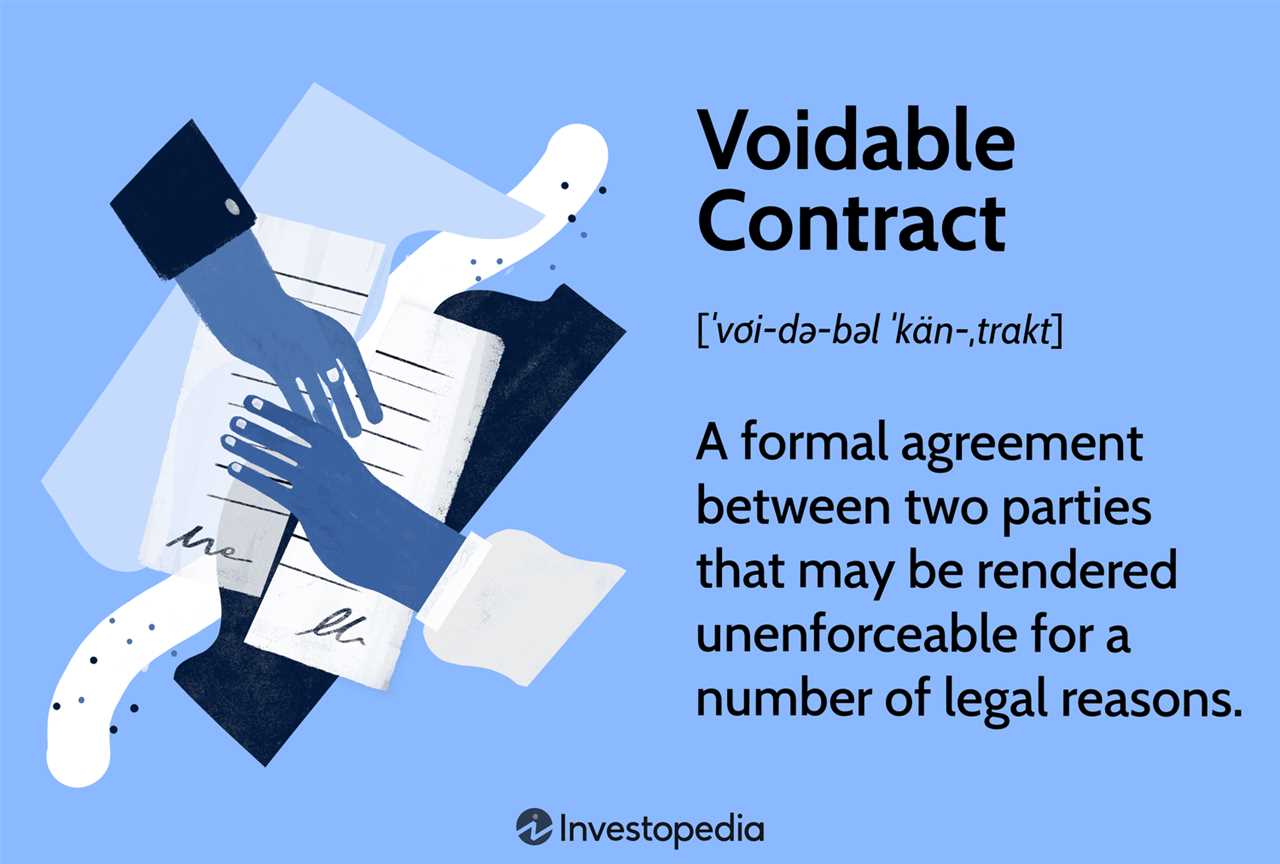Examining the History of Unlawful Loan
The concept of unlawful loans dates back centuries and has evolved over time. Throughout history, various societies and legal systems have recognized the need to regulate lending practices to protect borrowers from exploitation and ensure fair and equitable lending.
In ancient civilizations, such as Mesopotamia and Ancient Rome, there were laws and regulations in place to govern lending activities. These laws aimed to prevent usury, which refers to the practice of charging excessive interest rates on loans. Usury was considered immoral and exploitative, and lenders who engaged in such practices were often subject to penalties.
During the Middle Ages, the Catholic Church played a significant role in shaping lending practices. The Church prohibited usury and considered it a sin. This led to the development of alternative lending mechanisms, such as pawnbroking, where individuals could obtain loans by providing collateral.
In more recent history, the rise of industrialization and capitalism in the 18th and 19th centuries brought about significant changes in lending practices. With the growth of banks and financial institutions, lending became more formalized and regulated by laws and regulations.
However, despite these regulations, predatory lending practices continued to exist. In the United States, for example, there have been instances of lenders targeting vulnerable populations, such as low-income individuals and minorities, with high-interest loans and deceptive practices.
In response to these issues, governments and regulatory bodies have implemented various measures to combat unlawful lending practices. These measures include the establishment of consumer protection laws, usury laws, and the creation of regulatory agencies to oversee lending activities.
The Impact of Unlawful Loans
Unlawful loans can have severe consequences for borrowers. High-interest rates, hidden fees, and deceptive practices can lead individuals into a cycle of debt, making it difficult for them to escape financial hardship. These loans can also contribute to economic inequality and exacerbate social disparities.
Furthermore, unlawful loans can undermine the stability of financial systems. When lenders engage in predatory practices, it can lead to financial crises and economic instability. The collapse of subprime mortgage lending in the early 2000s, for example, played a significant role in the global financial crisis.
It is crucial for individuals, governments, and regulatory bodies to remain vigilant in identifying and addressing unlawful lending practices. By enforcing regulations, promoting financial literacy, and providing access to fair and affordable credit, it is possible to mitigate the negative impact of unlawful loans and create a more equitable financial system.
Exploring Real-life Examples of Unlawful Loan

Unlawful loans have been a prevalent issue in many countries, leading to financial distress for borrowers and legal consequences for lenders. Let’s take a closer look at some real-life examples of unlawful loans:
1. Payday Loan Scams
Payday loans are short-term loans that typically come with high interest rates. In some cases, lenders engage in fraudulent practices, such as charging exorbitant interest rates or fees, to exploit borrowers. These unlawful payday loan scams often target vulnerable individuals who are in urgent need of cash.
For example, in the United States, the Federal Trade Commission (FTC) shut down a payday loan scam that involved illegal collection tactics. The scammers would pose as debt collectors and harass borrowers, threatening them with arrest or legal action if they did not repay the loans.
2. Predatory Lending Practices

Predatory lending refers to the practice of providing loans to borrowers with unfair and abusive terms and conditions. This type of unlawful lending often targets low-income individuals or those with poor credit history.
One notable example of predatory lending is the subprime mortgage crisis that occurred in the late 2000s. Many financial institutions offered subprime mortgages to borrowers who did not meet the necessary criteria, leading to a housing market collapse and a global financial crisis.
3. Loan Sharks
Loan sharks are illegal lenders who operate outside the boundaries of the law. They typically charge extremely high interest rates and use aggressive tactics to collect payments, often resorting to threats or violence.
In the United Kingdom, for instance, loan sharks have been a persistent problem in certain communities. These unlawful lenders prey on vulnerable individuals who are unable to access traditional banking services, trapping them in a cycle of debt and fear.
| Real-life Examples | Country | Description |
|---|---|---|
| Wonga | United Kingdom | Wonga, a payday loan company, faced criticism for its high interest rates and aggressive debt collection practices. |
| Cash Converters | Australia | Cash Converters, a pawnbroking and payday loan company, was fined for breaching responsible lending laws and charging excessive fees. |
| Loan Sharks | Various countries | Loan sharks operate illegally in many countries, exploiting vulnerable individuals and subjecting them to harassment and violence. |
These real-life examples highlight the detrimental effects of unlawful loans on individuals and communities. It is crucial for governments and regulatory bodies to take strict measures to combat unlawful lending practices and protect consumers from financial exploitation.

Emily Bibb simplifies finance through bestselling books and articles, bridging complex concepts for everyday understanding. Engaging audiences via social media, she shares insights for financial success. Active in seminars and philanthropy, Bibb aims to create a more financially informed society, driven by her passion for empowering others.
